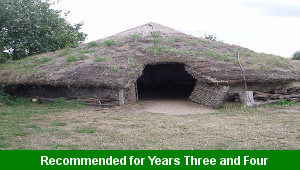Space Travel

This English teaching pack for Key Stage Two gets the children to investigate how to devise and record example sentences about space travel to show the meaning of pairs of words that can be classed as homophones.
The class can practise writing their own sentences with the incorrect homophones for a partner to edit to use the correct words with the matching meanings.
Download this teaching pack including a lesson plan, classroom activities and an interactive presentation to investigate how to devise and record example sentences about space travel to show the meaning of pairs of words that can be classed as homophones
Activities in this teaching pack include display posters to identify the correct use of different homophones in sentences about space travel, a set of cards to select locations to use as the subject for sentences about space that contain different homophones and a worksheet to identify the correct homophones that can be used to complete different sentences about space travel.
The interactive presentation gets the children to explore how to devise sentences about space travel to show the meaning of words that are homophones.
This lesson is part of an English scheme of work to get the children to identify, match and record the different meanings and definitions of pairs of words that can be classed as homophones.. There are teaching activities for shared learning, differentiated worksheets to support independent learning and interactive presentations to introduce concepts and key skills.
-

Cities, Towns and Villages
Research and present the history of a range of different buildings and people that are part of the local community using a school exhibition
-

Recycling
Research and present some of the benefits and disadvantages that can be produced when recycling different materials at home and in school
-

Viking Pots
Develop and refine a range of different art and design techniques when working with clay to make pots that represent Viking culture and traditions
-

Bronze Age
Research and illustrate how life in Britain developed and changed during the Bronze Age including the growth of communities and trade
